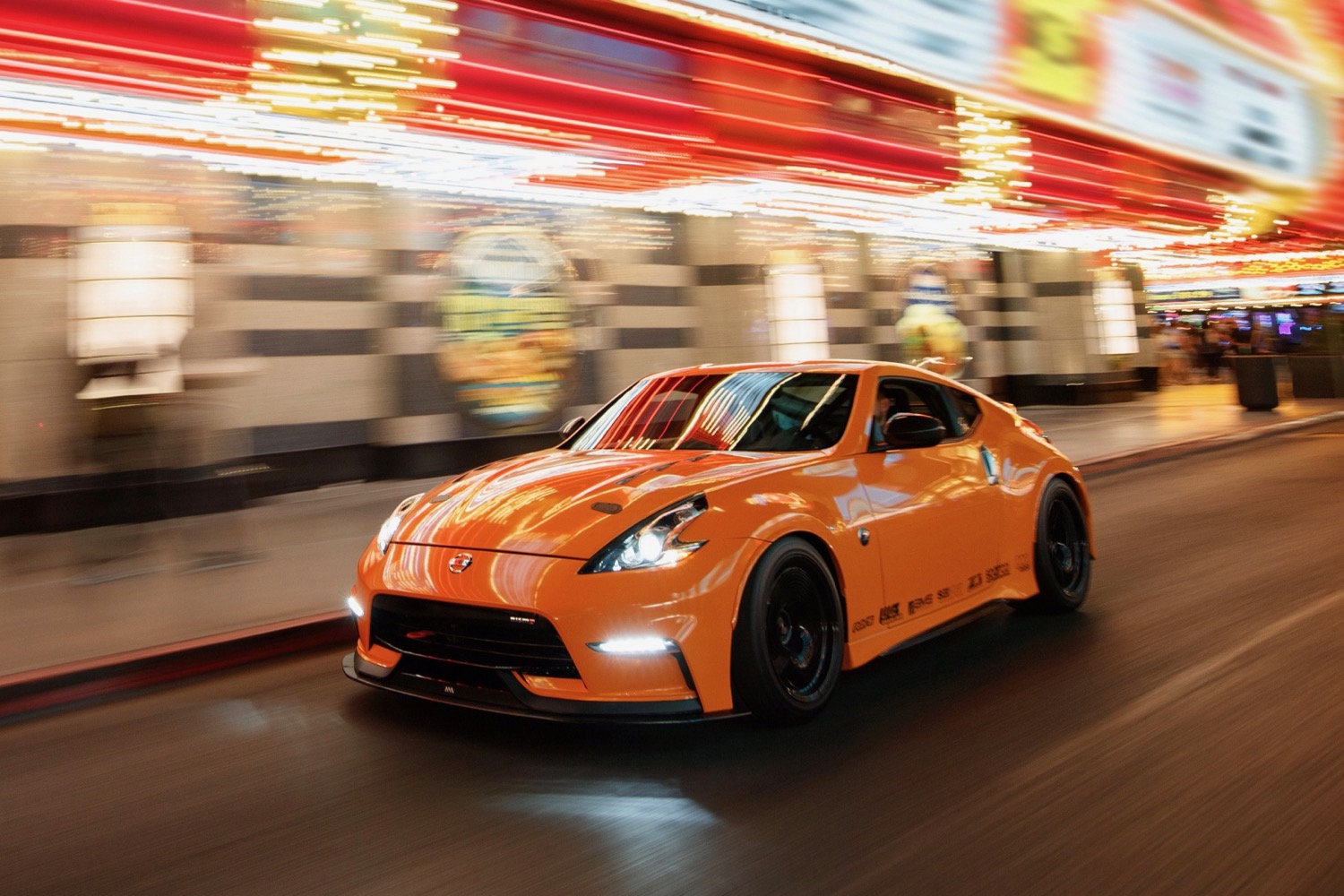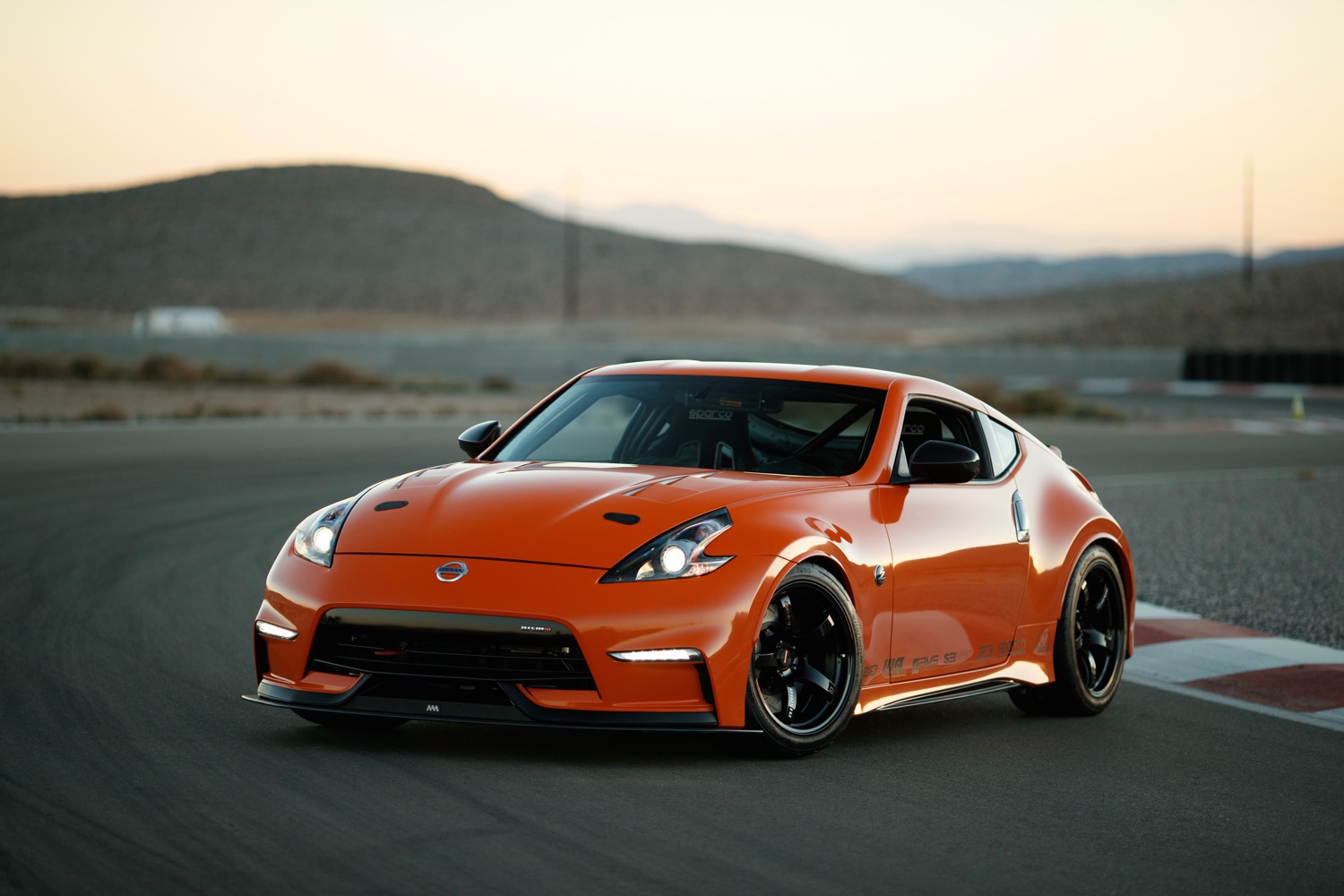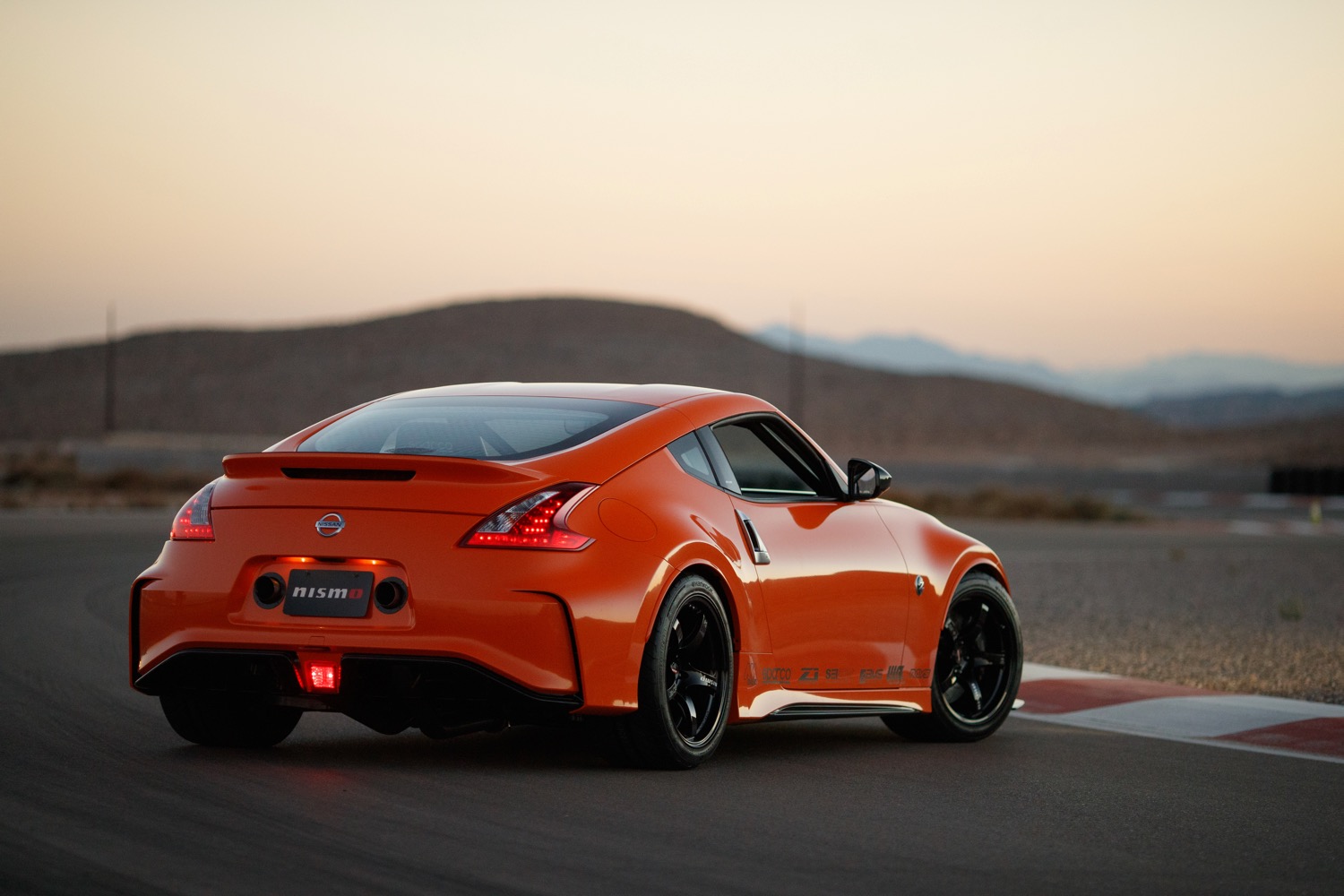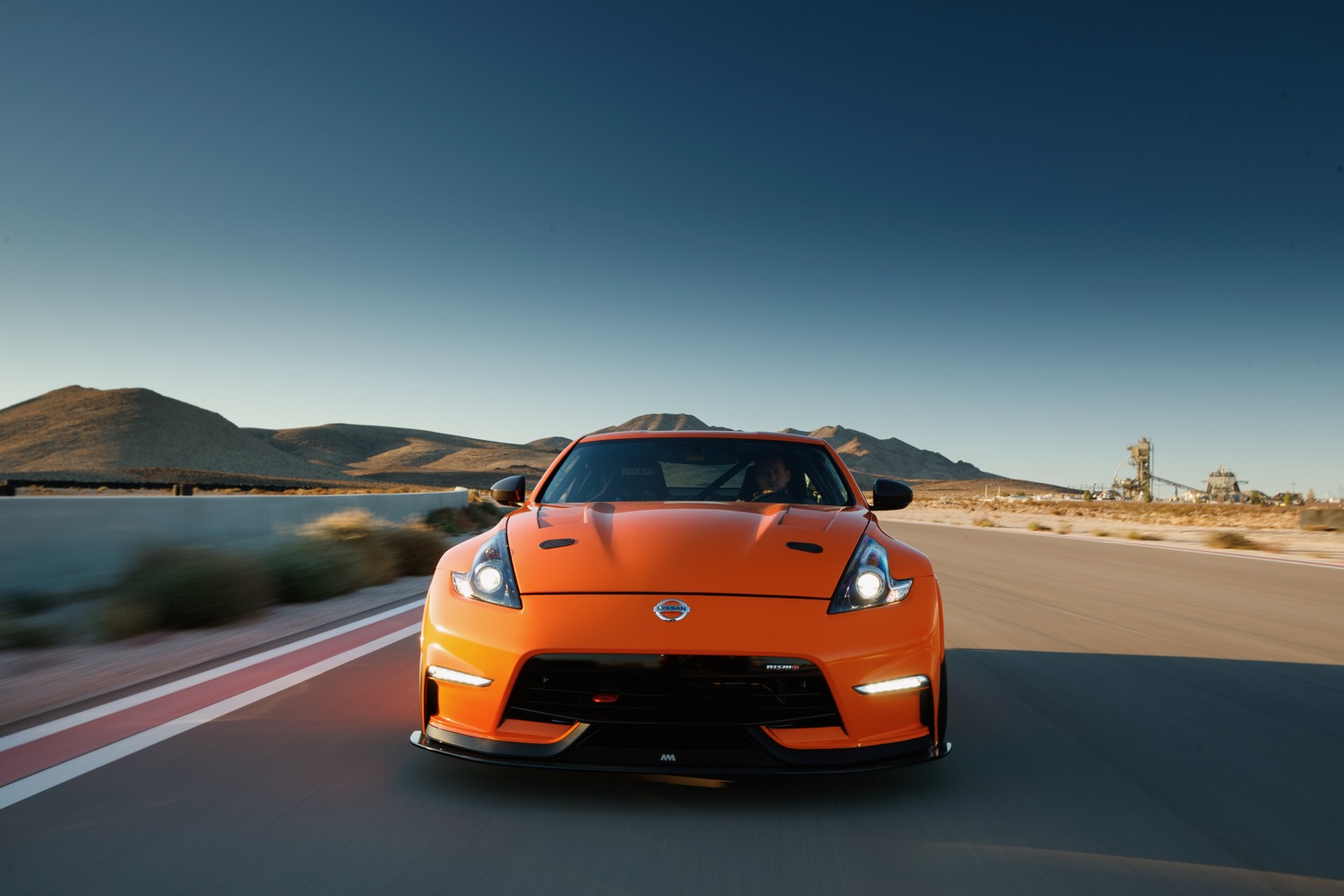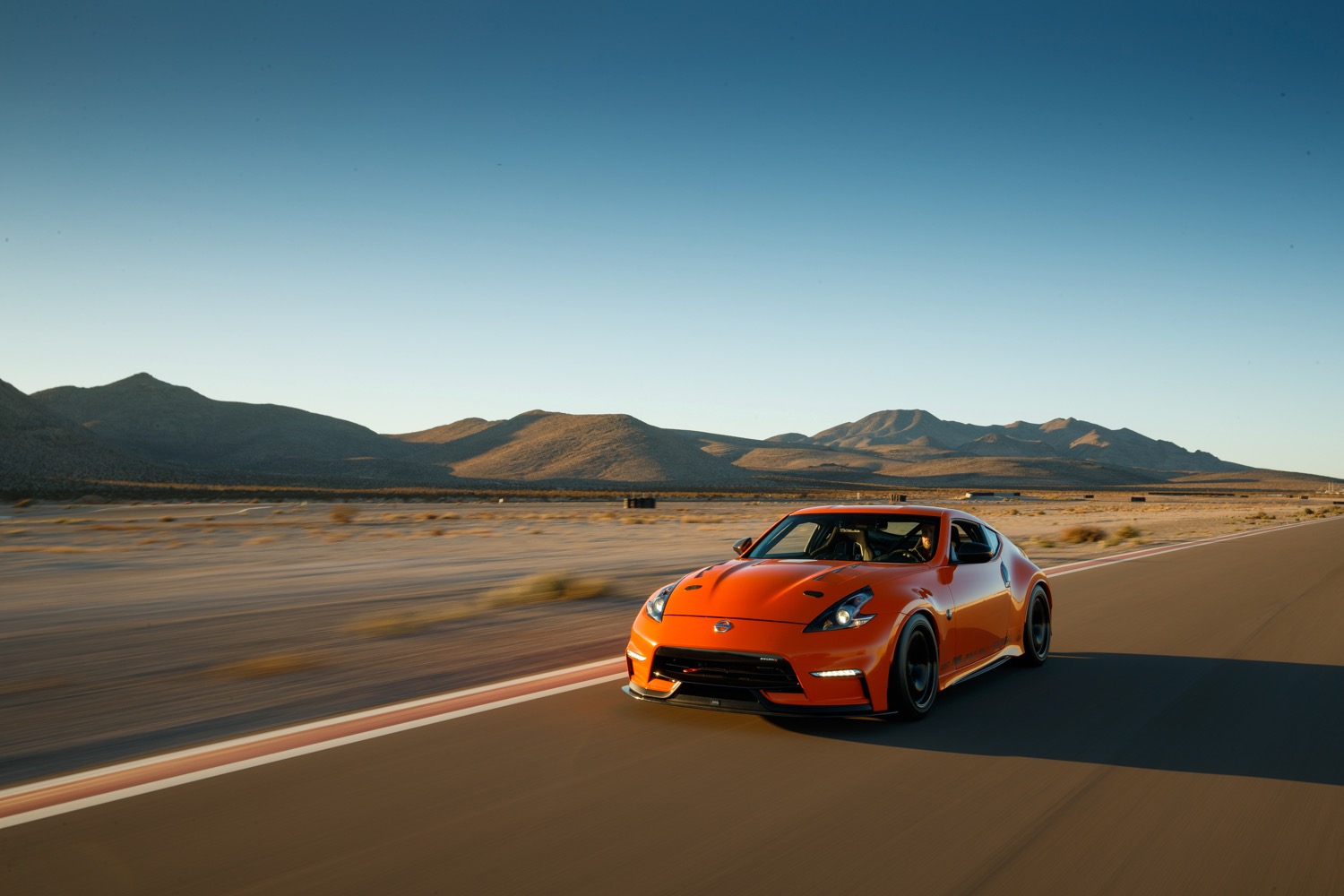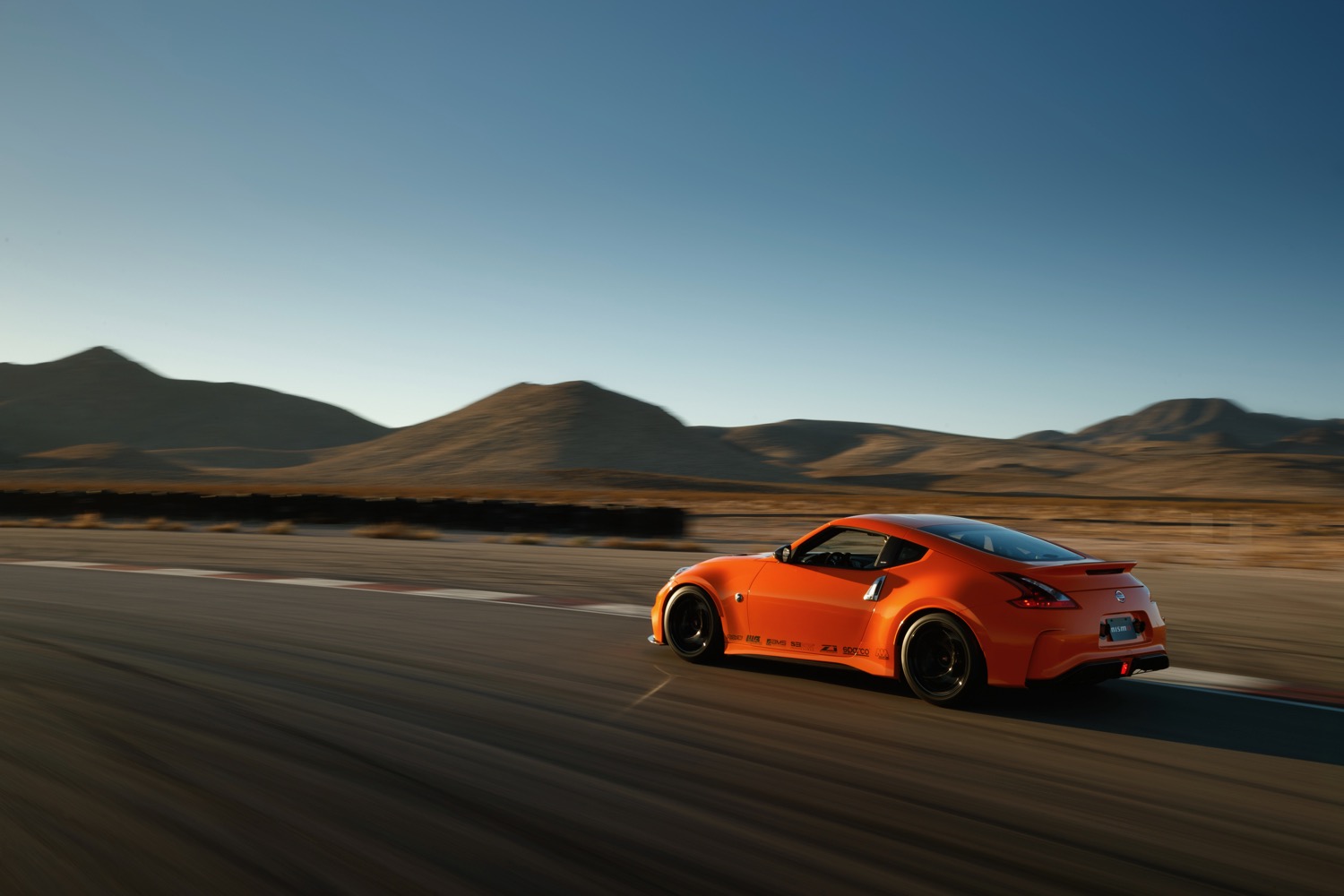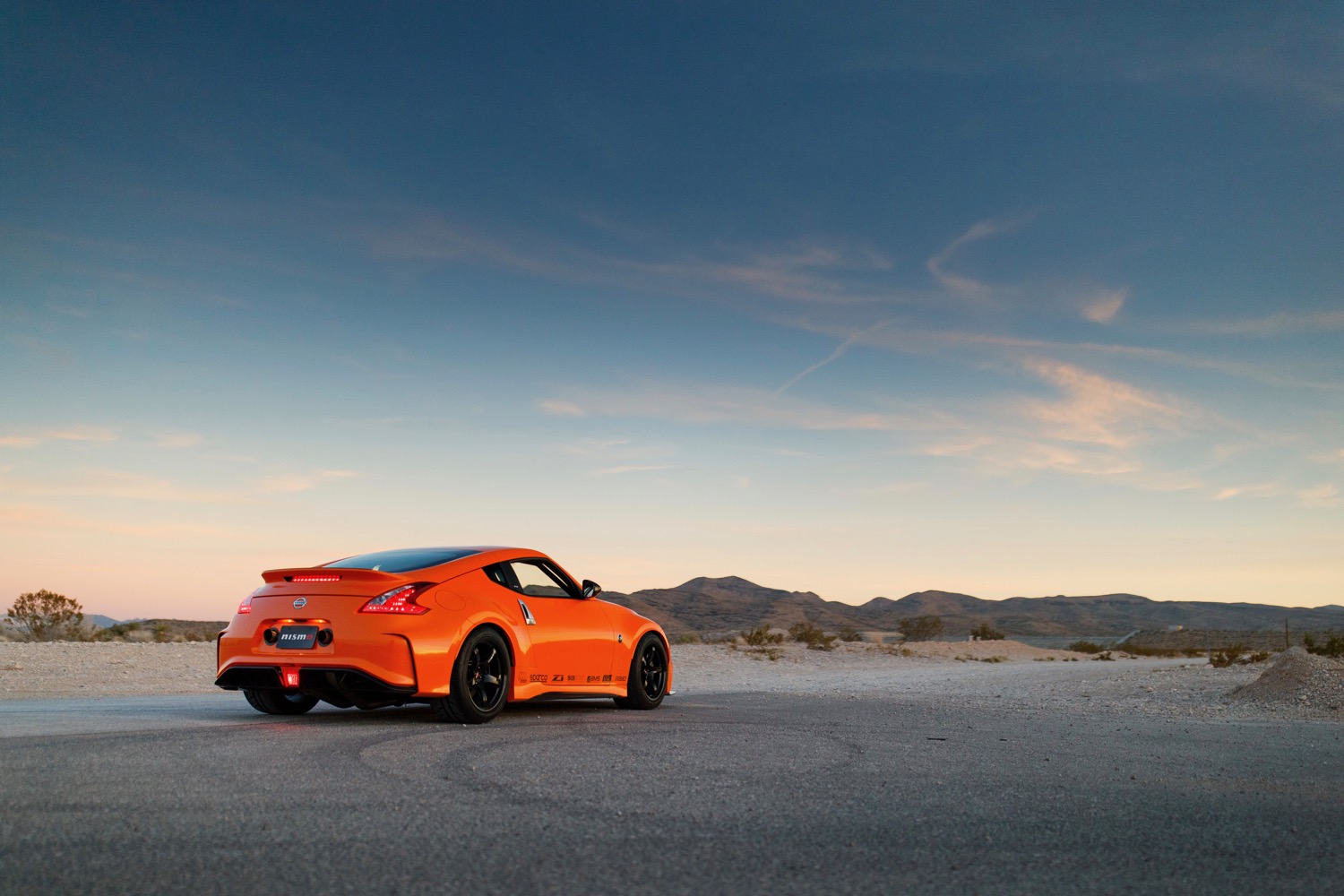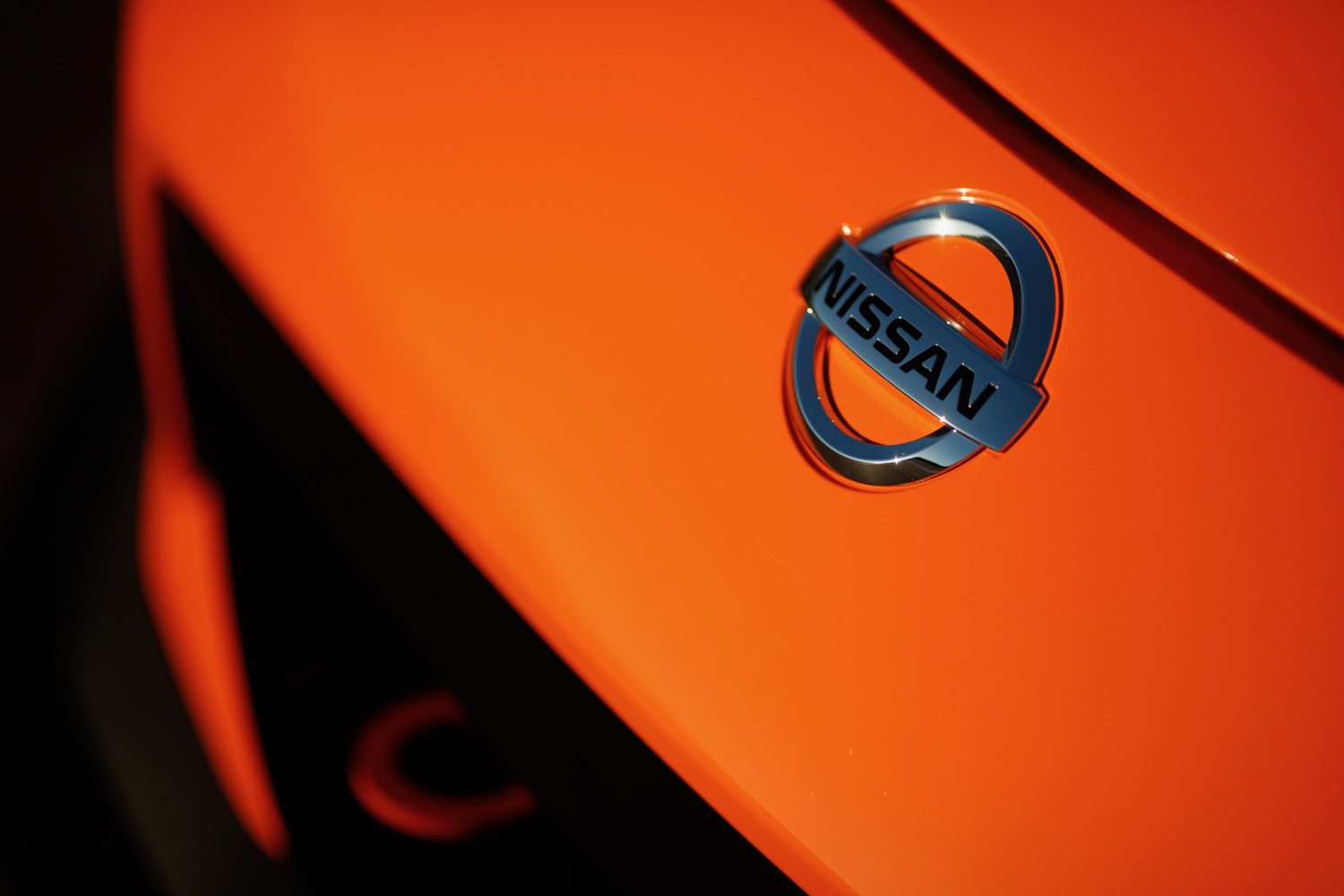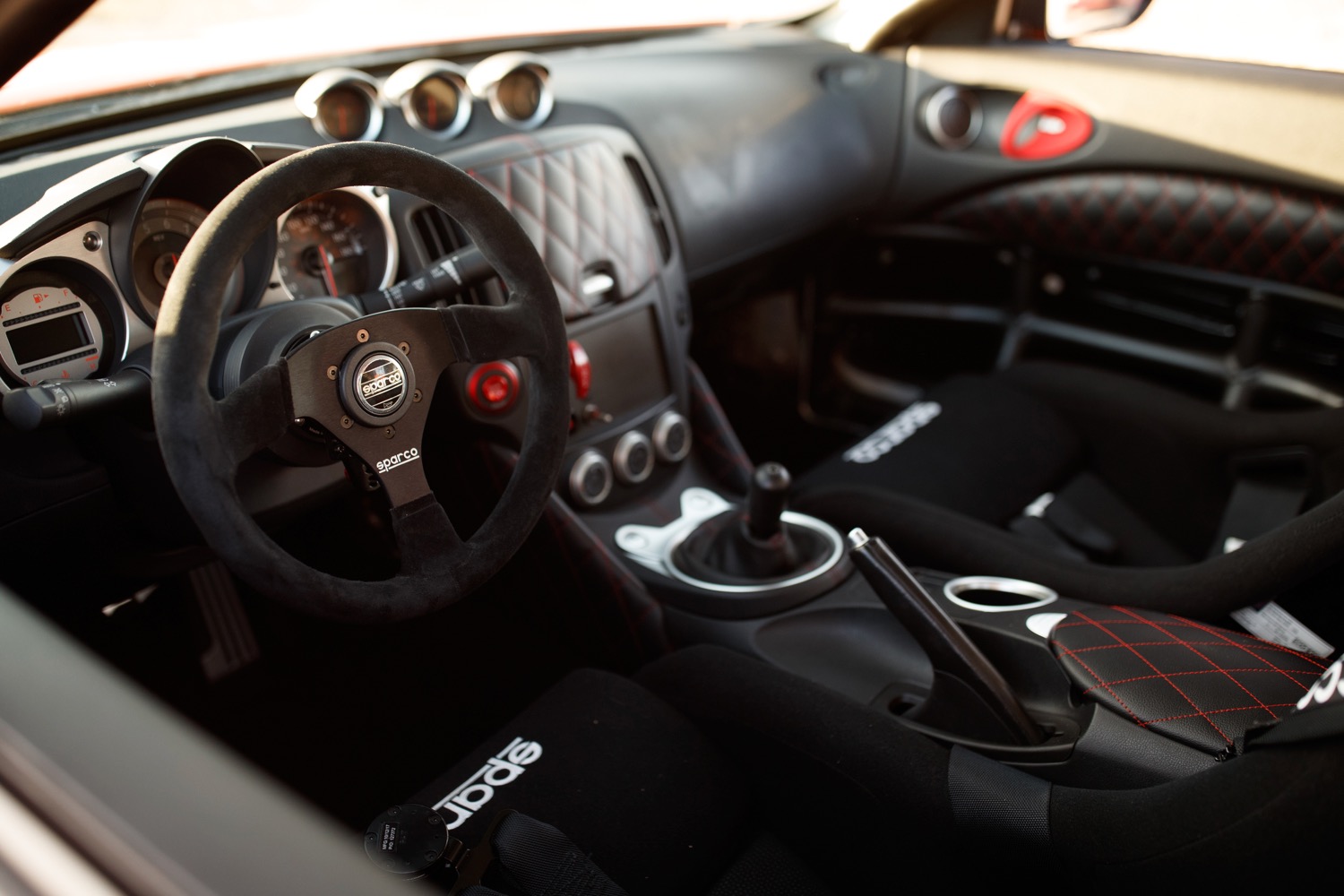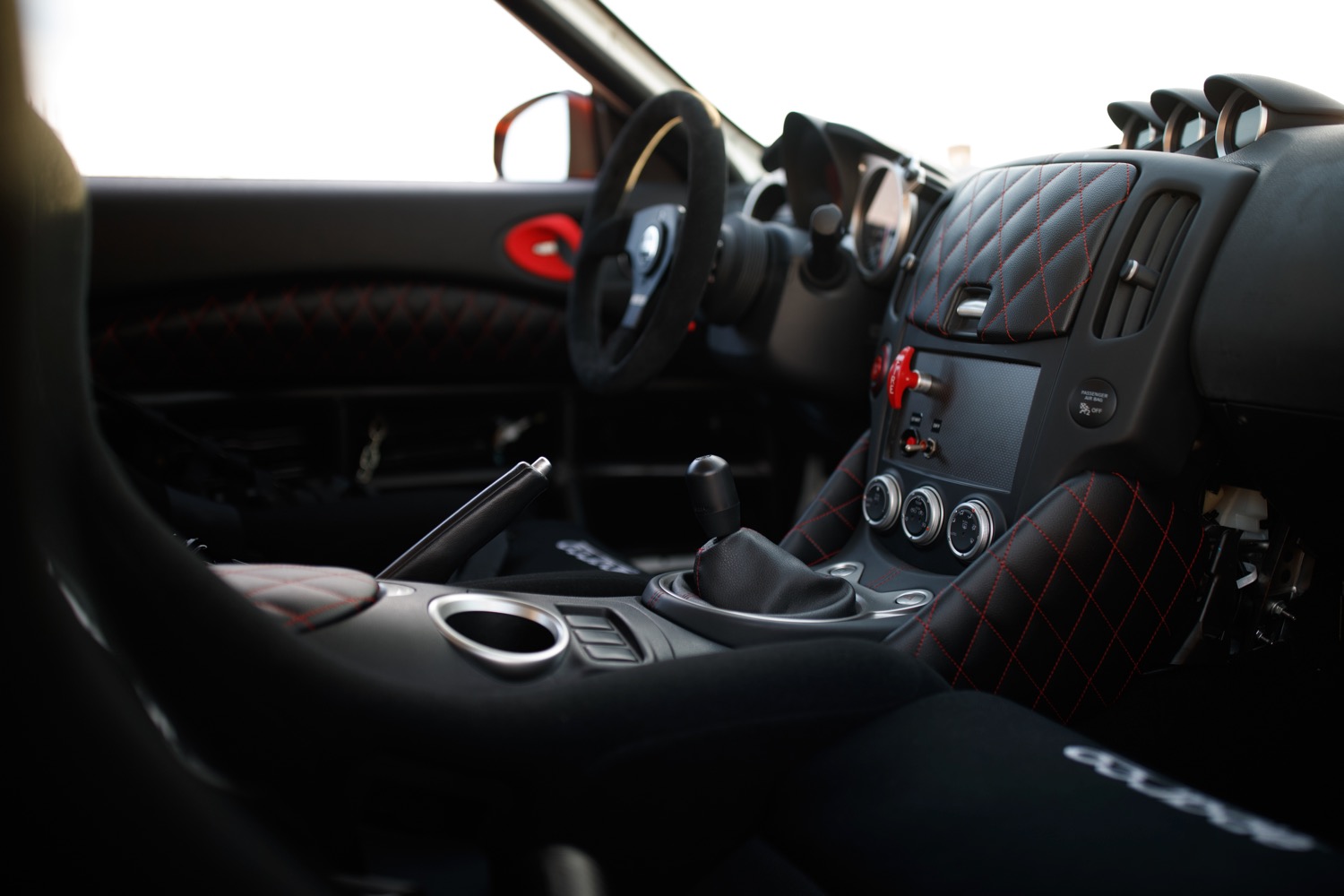The Nissan 370Z is one of the purest sports cars you can buy today, but it’s also fairly long in the tooth. Nissan is still holding off on a full redesign, but the Japanese automaker is showing off the 370Z’s potential as a tuner car at SEMA 2018. The Nissan 370Z Project Clubsport 23 was built to show what owners can do with their cars using aftermarket parts or factory-developed performance upgrades from Nissan Motorsports (NISMO).
Like many tuners, Nissan and partner MA Motorsports started with a used car rather than something factory fresh. Granted, it’s hard to tell because Nissan hasn’t substantially updated the 370Z in years. The Clubsport 23 is based on a 2012 370Z NISMO, but the original 350-horsepower 3.7-liter V6 was replaced with a 4.0-liter, twin-turbocharged V6 (the same engine used in the Q50 sedan and Q60 coupe from Nissan’s Infiniti luxury brand) producing 400 hp.
Because doing otherwise would be sacrilege, Nissan kept the 370Z’s stock six-speed manual transmission. But this required some extra engineering, because the twin-turbo V6 had never been mated to a manual gearbox before. MA Motorsports had to develop a new clutch disc, cover, and flywheel assembly to make the combination work, and electronics had to be made to communicate properly.
With the engine swap completed, it was time to upgrade. The car got a custom exhaust system that exits through the rear license plate panel, plus a beefed-up cooling system, brakes, and suspension. The 370Z wears Rays 18-inch cast aluminum alloy wheels, which will be available through Nissan dealerships at a future date, the automaker said. Depending on customer interest, Nissan said it may also offer a “builder’s kit” with parts and electronics to help customers build their own 370Z track cars.
To prepare the Clubsport 23 for the track, the stock seats were swapped for Sparco QRT-R competition seats, equipped with Sparco six-point harnesses. The car also features a racing-style fire-suppression system and Sparco R383 steering wheel with Bell Works Rapfix hub. MA Motorsports added custom upholstery with a diamond pattern meant to reference the 370Z’s 1970s ancestor — the Datsun 240Z.
The exterior got a makeover as well. It’s definitely not the most extreme 370Z ever, but pieces like an APR carbon fiber splitter and Seibon TS-style carbon fiber hood, as well as a Gloss Burnt Orange vinyl body wrap, help the Clubsport 23 stand out. Given the massive number of insane cars vying for attention at SEMA 2018, that will be no small feat.
